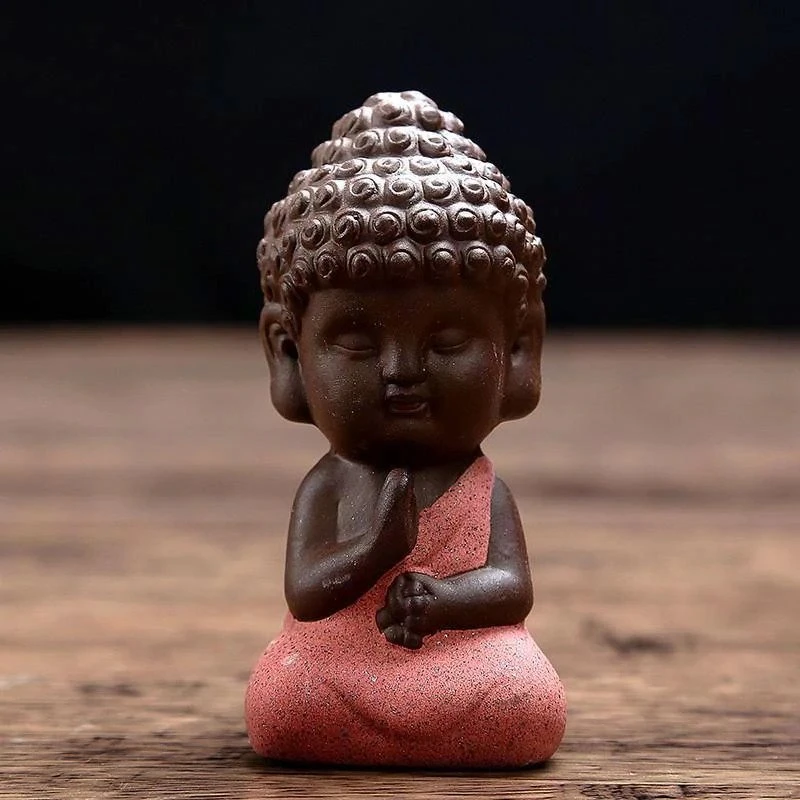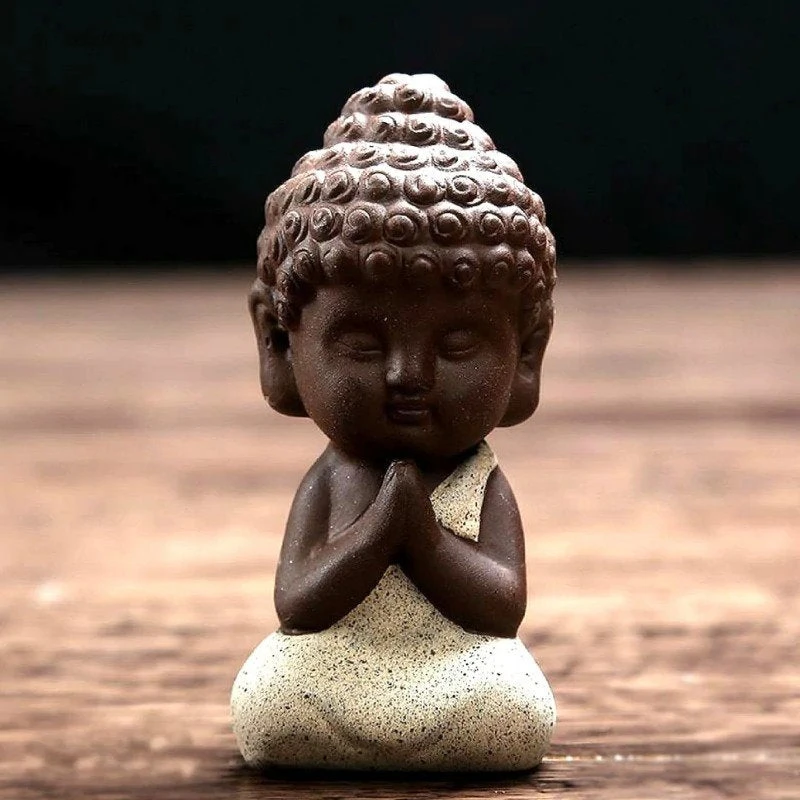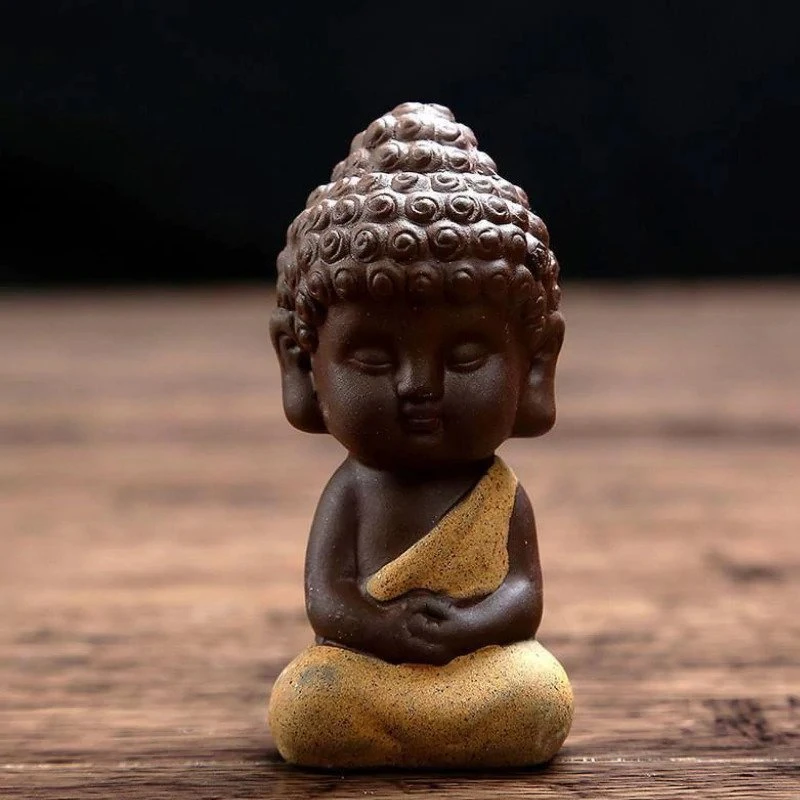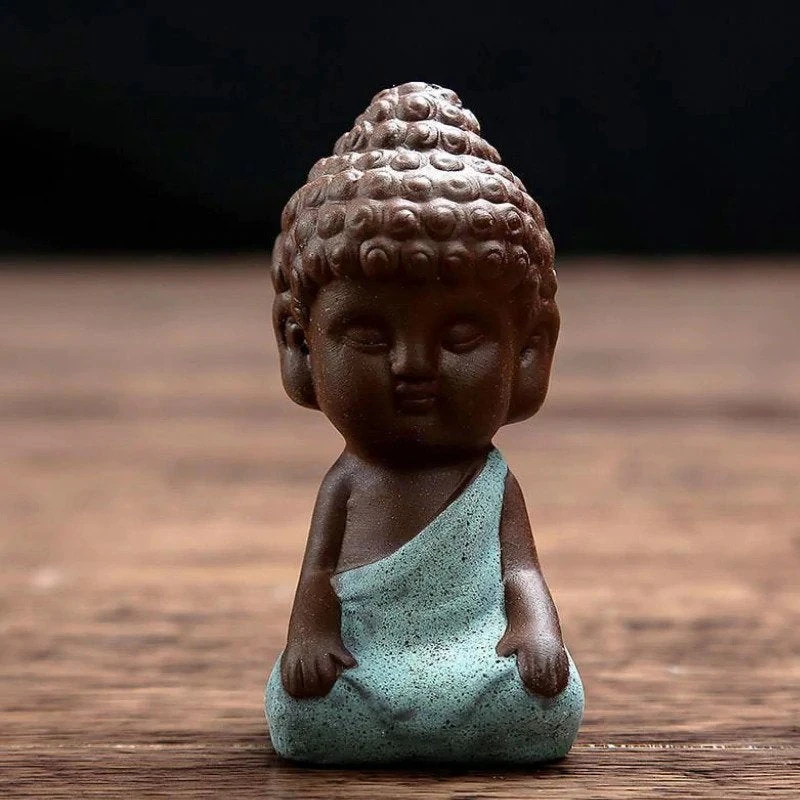The four noble truths of Buddhism are the foundation of the Buddhist religion. These truths were taught by the Buddha himself, and they explain the nature of human suffering and the path to liberation from that suffering.
In this article, we will list the four noble truths of Buddhism. We will also explain what each truth means and its significance in your own spiritual journey.
In This Article
What are the Four Noble Truths of Buddhism?
According to Buddhist texts, the four noble truths were first taught by the Buddha in his very first sermon after he attained enlightenment. In this sermon, the Buddha laid out the essential teachings of Buddhism and the path to liberation from suffering.
He described in his first teaching the four noble truths of human suffering, which are as follows:
- The truth of suffering (Dukkha)
- The truth of the cause of suffering (Samudaya)
- The truth of the end of suffering (Nirvana)
- The truth of the path to the end of suffering (Magga)
The Four Noble Truths of Buddhism Explained
The First Truth: Suffering Exists (Dukkha)
The first noble truth states that suffering exists. This doesn’t mean that life is always bad, but rather that it is full of difficulties and challenges. These challenges can be physical, like old age, sickness, and death. It can also be emotional, like encountering unpleasant things or separating from the pleasant.
In this truth, the Buddha is saying that life is not perfect and that we will all experience some level of suffering. However, he also teaches that the origin of our suffering is within our own minds.
The Second Truth: The Origin of Suffering (Samudaya)
The second noble truth explains the origin of suffering. It states that the cause of suffering is our endless dissatisfaction. People can never be satisfied, and that is the nature of humankind. This unending dissatisfaction stems from our desires, cravings, and attachments.
This truth teaches that the cause of our suffering is within ourselves. It’s not because of what life throws at us, but rather how we react to those things.
The Third Truth: The Cessation of Suffering (Nirodha)
The third noble truth states that the cessation of suffering is possible. This doesn’t mean that we will never experience difficult situations again, but it does mean that we can find a way to end our suffering.
The Buddha is proof that there is an end to man’s suffering when he reached Nirvana. Nirvana is the state of liberation from our desires, cravings, and attachments. It is not something that happens overnight, but rather it is something that can be achieved through following the Eightfold Path.
The Fourth Truth: The Path to the Cessation of Suffering (Magga)
The fourth noble truth is the path that leads to the end of suffering. This path is called the Eightfold Path, and it contains eight steps that we must follow in order to achieve liberation.
In this noble path, the Buddha described eight ways divided into three forms of training:
- Ethics: Right Speech, Right Action, Right Livelihood
- Concentration: Right Effort, Right Mindfulness, Right Concentration
- Wisdom: Right Understanding, Right Intentions
The Buddha teaches us to follow these noble paths to free ourselves from the clutches of suffering.
What is the Significance of the Four Noble Truths in Your Spirituality?
The four noble truths are the most important teaching of the Buddha. They explain the nature of human suffering and the path to its end.
When we understand the four noble truths, it can help us in our own spiritual journey.
We can see that the cause of our suffering is within ourselves and not because of what life throws at us.
Most importantly, they remind us that it is possible to find liberation from our suffering and that the path to achieve this is within our own hands. By understanding the four noble truths, we can work towards improving our spirituality and eventually reaching the state of Nirvana.




